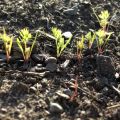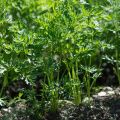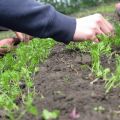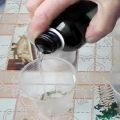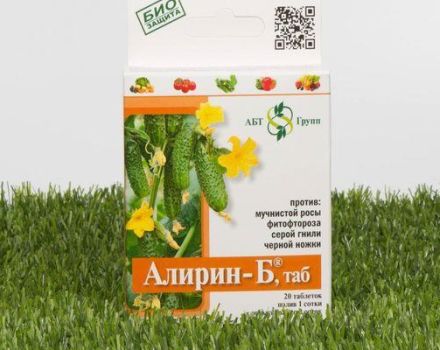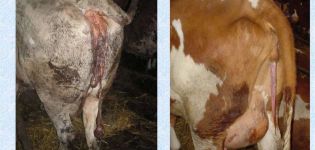Possible reasons why carrots turn yellow in the garden and what to do in this case
People often grow vegetables (cucumbers, tomatoes, carrots, etc.) in the garden, not only for sale, but also for pleasure. However, gardening ceases to be a pleasant hobby if, for example, the leaves of carrots turn yellow. Let's consider why such a nuisance happens and how to solve the problem with a minimum of financial and physical costs.
Causes of yellow foliage of carrots
The main reasons for yellowing of tops and root crops:
- in the fall, at the very end of the growing season, carrot tops turn yellow and dry out;
- this can happen due to excessively hot weather;
- insufficient or excessive watering;
- with a lack of mineral fertilizers - in this case, add phosphorus, potassium, nitrogen to the soil;
- due to an excess of fertilizers;
- if wrongly chosen carrot varieties, for example, not suitable for planting in the area;
- carrots have yellow leaves if there were frosts at night;
- with improper care of plants, if you do not pull out weeds in time;
- carrots can get sick with fungal diseases.
Diseases
Consider the most common ailments of vegetable garden crops and methods of treatment and prevention of plants.
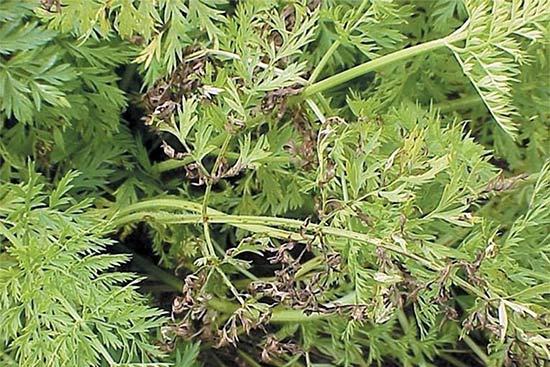
Leaf spot (cercospora)
Round yellow and brown spots appear on the tops. The specks on the leaf petioles are somewhat oblong and depressed. Further, the carrot leaves turn black, and then rot completely. The reason for this is cercosporosis. With leaf spot, the roots remain small, curl, become ugly.
The disease may not occur if you loosen the soil in the aisles in time, spray the carrots with decoctions of horsetail or celandine. Most fungal diseases do not occur if the soil is lime.
To avoid cercosporosis, carrot seeds are heated in hot water with a temperature of +60 ° C. Young tops are sprayed with Bordeaux mixture (1%).
White spot (septoria)
Diseased foliage curls and dries. Septoriosis attacks carrots in cloudy, cold weather. This happens most often in the fall and spring. The disease can occur due to an excess of nitrogen and manure.
Phomoz (dry rot)
The disease appears in the root crop in the fall. Causative agent — a fungus that hibernates in seeds, in the remains of tops, in root crops. First, the top of the root crop is affected, then the whole vegetable becomes ill. Small depressions are visible on it, brown with black specks - these are spores. The disease begins to intensify after storage of carrots. It is very difficult to cure a disease, it is easier to observe prevention.
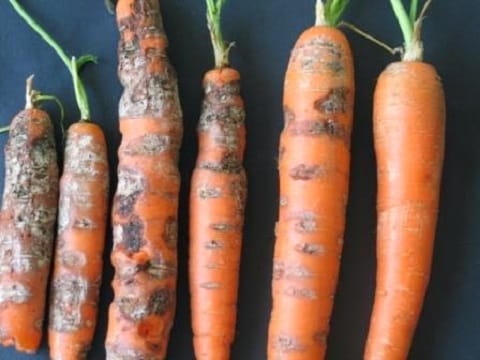
Remove the tops from the ground.Pour potassium and phosphorus into the soil before sowing seeds. Place the seeds in a potassium permanganate solution, then germination will be better. After digging up the roots, cut the tops off them. Do not store carrots with brownish spots.
Bacteriosis
A yellowish border and specks are visible on the tops. Further, the spots become darker, but they retain a yellowish border. Then the disease spreads to petioles and roots. Brownish stripes are visible on the petioles, and the entire root crop is covered with ulcers and specks. A pungent smell of rot is felt.
To prevent the plant from getting sick, the seeds are placed for 10 minutes before planting. into hot water. When sprouts appear, then on day 20 they are treated with a fungicide.
Alternaria (black rot)
The disease can be spread from contaminated soil and seeds. The foliage darkens, curls and dries up. Then alternariosis passes to cuttings, and then to root crops. They become bitter, blackish specks are visible on them. Until the foliage is completely dry, sprinkle the plantings with fungicides.
Powdery mildew
The foliage that gets sick with powdery mildew has a whitish bloom. Carrot tops become brittle. The disease occurs due to a lack of feeding and a lack of moisture in the heat. For powdery mildew, plants are treated with fungicides.
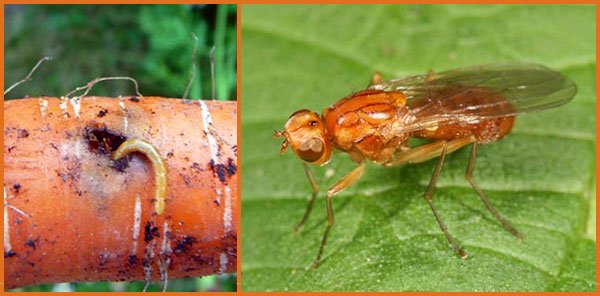
Seeds are disinfected and heated before sowing. The soil and foliage are treated with fungicides. Fertilizers are applied to the soil.
Other reasons
Carrots can be attacked by harmful insects.
Carrot flies
Carrot fly larvae overwinter in the ground in autumn, and begin to crawl out in spring. The fly lays eggs in the ground, and its larvae begin to gnaw carrots, which makes the vegetable bitter. The foliage changes its color from greenish to red.
To prevent a pest from appearing, pull out weeds and thin out the seedlings, treat with fungicides in spring and summer. Sprinkling the beds with tobacco mixture, slaked lime and ash helps well.
Carrot flies
These are small insects, similar to flies, but with jumping legs. They very often appear in areas near which pine and spruce trees grow. Insects lay their eggs in carrot foliage. From them larvae hatch, which begin to drink juices from the tops. As a result, the leaves will turn yellow and dry.
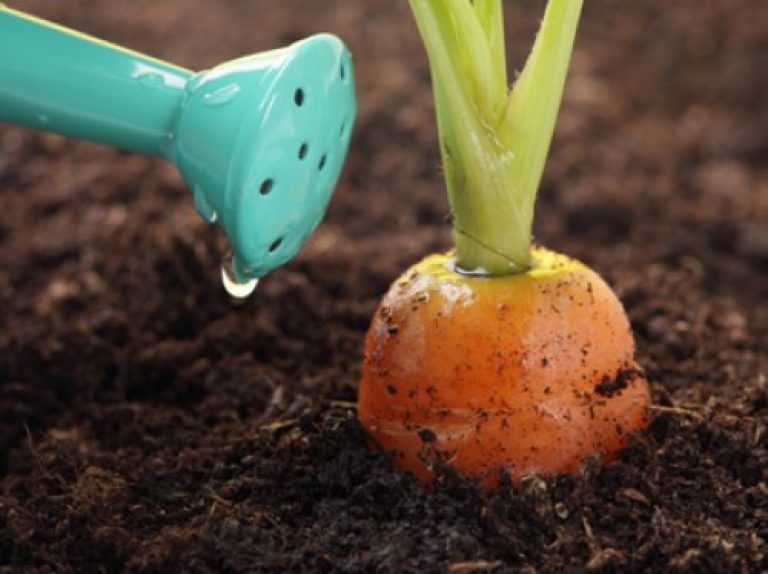
To scare away leaf beetles, spray the plants with tobacco infusion, soapy water, plant alternately beds of onions and carrots, put fresh sawdust mulch on the ground, plant mustard near the carrots.
Gall nematode
Gall nematodes are small, whitish, round worms. Worms grow quickly in moist soil and lay eggs in the root system. In case of pest damage, a solution is poured onto the ground by adding 1 Dekaris tablet to 1 liter of water.
Infection with bears, winter scoops, slugs and wireworms is also possible.
Fungicides that are used
The most widely used are Fundazol, Prozaro and Falcon.
The first time is treated 2 weeks after the appearance of the first shoots, the second time - if the carrot is sick.

Advantages of systemic fungicides:
- fungicides are absorbed by carrots rather quickly, and act for a very long time;
- their impact is independent of the weather;
- they are easy and convenient to use.
When applying, you should observe safety measures and such rules:
- treat as soon as the disease is detected;
- before spraying, pull out weeds with flowers so as not to destroy the bees;
- do not use fungicides in cloudy or windy weather;
- do not store the fungicide solution, but use it on the day of preparation;
- when spraying, wear a suit, mask, gloves;
- make the solution in strict accordance with the instructions.
Preventive actions
You should plant carrots one year, and the next year plant peas, beans, soybeans, beans, beets, tomatoes.
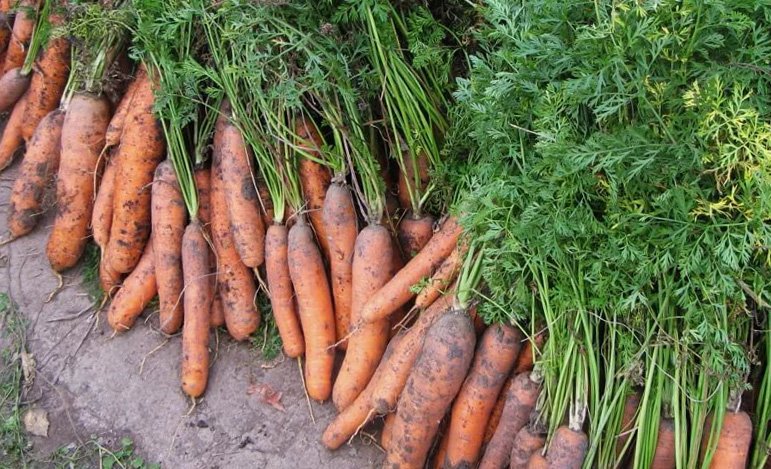
The soil should be light and well drained. If the soil is acidic, add dolomite flour.
When digging the soil, add phosphorus and potassium. You can pour a weak pink solution of potassium permanganate or Fundazol on the sprouts. Plant onions and garlic near the carrots - these plants repel harmful insects.
Before sowing, place the seeds in hot water at a temperature of up to +60 ° C for 10 minutes. Do not forget to make foliar feeding of plants by diluting 0.4 mg of borax in a ten-liter bucket of water.
Now you understand why the carrots turn yellow in the garden and what to do. The main thing is to observe correct agricultural techniques, prepare seeds, that is, dip them into hot water and a solution of potassium permanganate, feed the plants in time, pull out weeds, and water them correctly.



